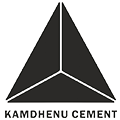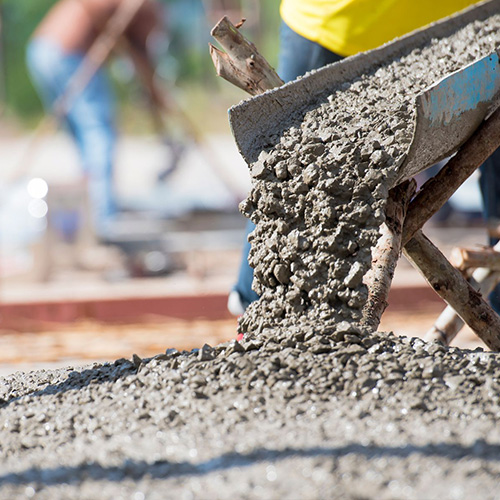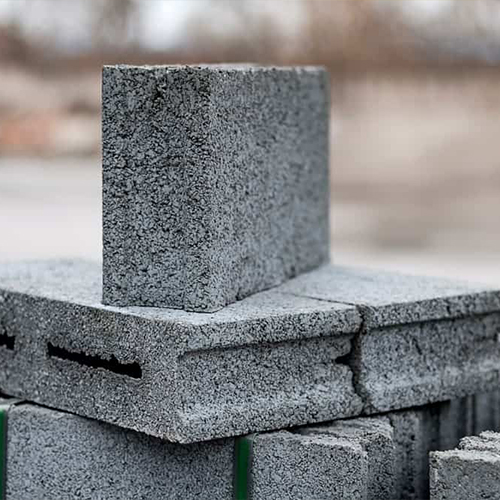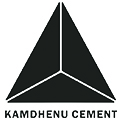AAC Blocks
AAC blocks, also known as autoclaved aerated concrete blocks, are a lightweight and climatically friendly construction material.
AAC blocks are used in the construction of both indoor and outdoor constructions. These blocks are foam concrete and manageable development material produced using aggregates of quartz sand, calcined gypsum, lime, portland cement, water, and aluminum powder.
In addition to cement, the Group has been manufacturing/marketing the Kamdhenu AAC block since 2015. It is a certified green building material and is used for residential, industrial & commercial construction. The advantages of these products are- Eco-friendly, cost-saving, energy-saving, lower maintenance, faster construction, termite/pest/fire resistance, thermally insulated, etc. Raw materials that are used for manufacturing AAC Blocks are Flyash, Limestone, Ordinary Portland Cement (Grade-53), Gypsum, and Alumina powder.
In addition to cement, the Group has been manufacturing/marketing the Kamdhenu AAC block since 2015. It is a certified green building material and is used for residential, industrial & commercial construction. The advantages of these products are- Eco-friendly, cost-saving, energy-saving, lower maintenance, faster construction, termite/pest/fire resistance, thermally insulated, etc. Raw materials that are used for manufacturing AAC Blocks are Flyash, Limestone, Ordinary Portland Cement (Grade-53), Gypsum, and Alumina powder.
Features
- The thermal efficiency is 3x higher than clay bricks
- 10% Water absorption of the weight of the block
- AAC Blocks are nearly one-third of the price of regular bricks
- Lighter than red bricks
Advantages
- Better workability and faster construction
- Earthquake-resistant
- Pest-resistant
- Thermal insulation and energy-efficiency
- Fire-resistant
- Moisture-proof
- Soundproof
- Sustainable and affordable
- High compressive strength
Background
AAC blocks were developed by Dr Johan Axel Erikkson and Professor Henrik Kreuger in the 1920s. After licensing the manufacturing process in 1924, AAC blocks were produced in Sweden from 1924.
The fame of AAC blocks is consistently filling in numerous nations, including India, attributable to expanding demand for lodging units and business spaces. Also, the installation of AAC blocks is similar to traditional concrete masonry. The placement of AAC boards needs the help of a crane.
Application
AAC blocks are broadly utilized in the development of apartments and different kinds of private properties and modern and business structures, like lodgings, workplaces, medical clinics, and schools. These blocks are great for tall building structures.
Process Flow of AAC Blocks
Natural substance preparation – The main element to produce AAC blocks is fly ash or pond ash. It is blended with water to form a fly ash slurry.
Blending and Dosing – A blending and dosing unit is utilized to frame the right blend to create AAC blocks.
Casting, Rinsing, and Pre-curing – After blending, a slurry containing fly ash or sand, lime powder, concrete, gypsum, and aluminum is poured into moulds.
Demoulding and cutting – In manufacturing AAC Blocks, Demoulding and cutting are very critical processes.
Entering autoclave – After Demoulding and cutting, the blocks then enter the autoclave, and the half-completed items are given over to the trolley.
Stacking packing – When the AAC blocks and boards are prepared, they are loaded with dampness-resistant material and stacked onto the transport vehicle.





